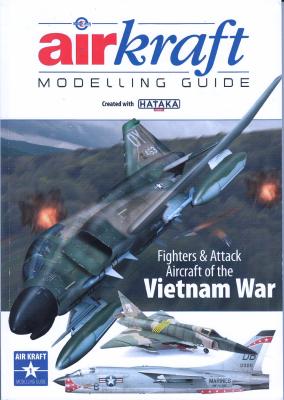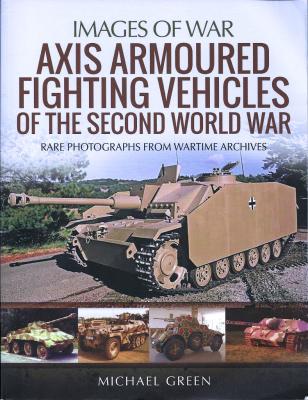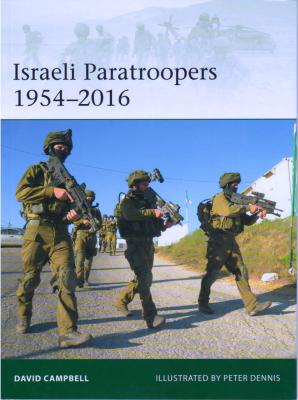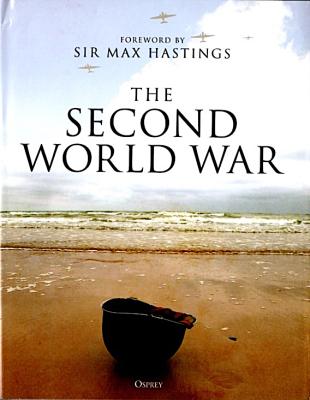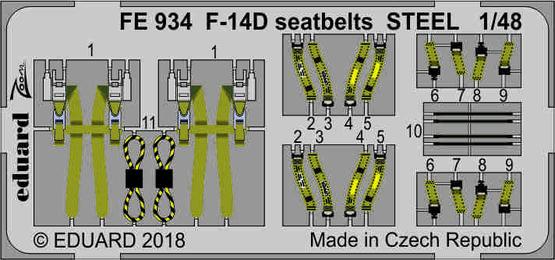I really enjoy using the aircraft specific titles that Sam Publications puts out because of the amount of research, detail, and sections that are aimed at the model builder. I had been wondering about the Hataka paint line and how they compare to other paints. When I saw that this new series was done with HobbyZone and Hataka paints and that it had the same great look as other Sam Publications books. I just had to have it.
This first book of the series focuses on the aircraft of the Vietnam War, specifically the fighters and attack aircraft.
The Aircraft Modeling Guide is divided into 21 sections. They are:











